How can I reuse or recycle bleach bottles?
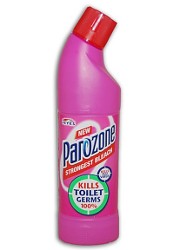 Inspired by clearing out of bathroom cupboards this morning, I thought we’d have a cleaning themed week here on Recycle This. We’ve covered various cleaning related things in the past – pump action spray bottles, washing powder packaging, “freshener” shakers and reducing the amount of cleaning products used – but there are still a few things we could think about reusing, recycling, upcycling & reducing.
Inspired by clearing out of bathroom cupboards this morning, I thought we’d have a cleaning themed week here on Recycle This. We’ve covered various cleaning related things in the past – pump action spray bottles, washing powder packaging, “freshener” shakers and reducing the amount of cleaning products used – but there are still a few things we could think about reusing, recycling, upcycling & reducing.
We’ll talk about more specifically cleaning alternatives later in the week but bleach, and so bleach bottles, is a candidate for reduction. There are alternatives to such harmful stuff in plastic bottles. But some people are a bit “prise it from my cold dead hands” about bleach and will never be parted from it, no matter what us vinegar loving hippies say.
All the ones I’ve checked have been made from HDPE – type 2 plastic – and most areas that collect plastic collect resin code 2 plastics so they can be recycled but I think reuses might be harder to identify. They feel less reusable than, say water bottles or pop bottles – because of the chemical residue, because they’re thick opaque plastic and in the case of some of them, a quirky bent neck for getting under toilet rims.
Anyone got any reusing/upcycling ideas though? Do you do anything with yours or do you just throw them into your recycling bin?



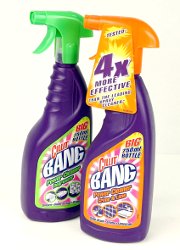 Shelagh emailed to ask:
Shelagh emailed to ask: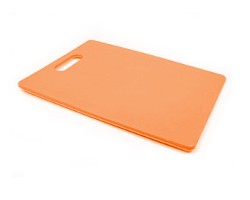 We’ve had an email from Miranda:
We’ve had an email from Miranda: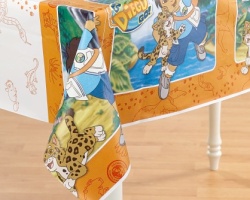 After last month’s straw placemats and coasters post, I got thinking about plastic “disposable” tablecloths – the type people buy as a cheap way to decorate their table for children’s (and other) parties.
After last month’s straw placemats and coasters post, I got thinking about plastic “disposable” tablecloths – the type people buy as a cheap way to decorate their table for children’s (and other) parties.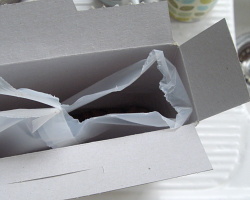 Like
Like 














